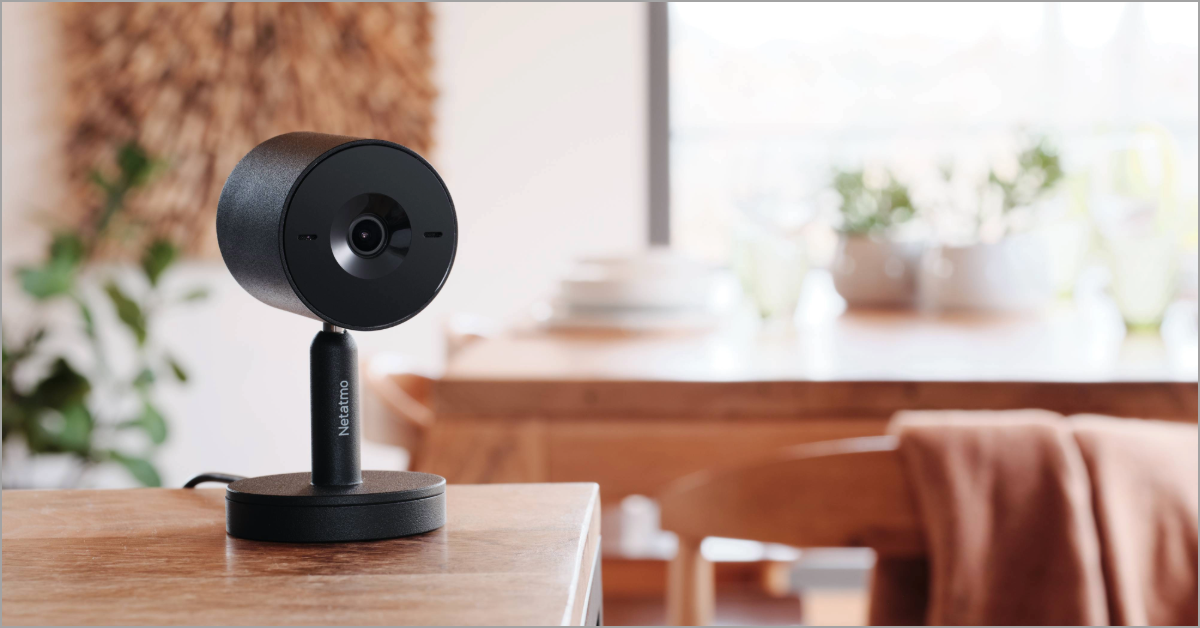
New Indoor Camera Advance
Landlords and property managers are responsible for taking control of the risk of fire – and implementing fire safety regulations – within the building concerned. Depending on the type of property (corporate, commercial, residential, or open to the public, for example), fire alarm regulations do vary. So, let’s take a closer look at the standard requirements according to property type.

Fire detection systems – including fire alarms and smoke alarms – are incredibly important fire safety features for private lets. As a landlord you’ll be responsible for ensuring that you’ve installed alarm systems to protect tenants in the event of a fire. You’ll also be responsible for ensuring that these systems comply with the latest regulations, as well as updating them as required, to keep up with revisions to the standard fire alarm regulations. To get started, let’s take a closer look at the installation of smoke and fire alarm systems in privately rented housing.
It’s advisable for landlords to install a smoke alarm on every floor of the building, to ensure that all areas are protected from the risk of fire.
Remember, a smoke alarm detects more than just smoke from fires: many models will also pick up on toxic gases such as carbon monoxide that could leak out in the event of boiler failure, for example.
Your smoke detectors will link up to your fire alarm system. When they detect fumes in the building, they’ll automatically sound the alarm, alerting all tenants to the potential emergency and allowing them to make a quick exit from their home.
As a landlord in the private housing sector, you’re responsible for ensuring that there are functional smoke and carbon monoxide detection systems within the building. If you’re purchasing a new build property, these alarms are likely to be physically wired into the walls. If you’re letting out a pre-existing property and notice that there are smoke alarms missing – or you’d simply like to add more of them, to reduce the risk to personal safety – then you could consider installing wireless alarms. Wireless devices – which could be smoke or carbon monoxide detectors, or fire alarms – allow you much more flexibility in terms of installation, as you can put them in any room you like.
This could be especially useful if you’re looking to install smoke detectors or fire alarms in areas that may be more vulnerable to the risk of fire – for example close to the kitchen, or next to the boiler room – but traditional wall wiring would make that very difficult to do. Plus, wireless alarms allow landlords to take a DIY approach, rather than having to pay a professional to install the equipment, which could be expensive. What’s more, if you buy another rental property, you’ll be able to move the wireless alarm systems – including all smoke detectors and fire alarms – to the new building.
Have you considered installing a Netatmo Smart Smoke Detector in your property? Peace of mind is top of Netatmo’s priorities, so we’ve installed a self-checking function in our Smart Smoke Detector. Plus, it’ll even remind you to test your smoke detector and fire alarm system from time to time, to ensure that, as the landlord, you’re staying compliant with standard fire safety regulations.
Business premises and buildings that are open to the public are required to comply with more stringent fire safety regulations than those applied to private property.
The reason for this is that everyone on site must be kept safe in the event of a fire-related emergency. Given the volume of people likely to be working in or visiting the property, these regulations involve higher levels of practical and theoretical planning.
You’re likely to find that these fire regulations require business, commercial and public use premises to install:
Although the detectors will be able to trigger the building’s fire alarm systems automatically, these fire alarms should also be accompanied by clear instructions on how they can be set off manually, should someone need to raise the alarm.
High levels of smoke within the building can impede visibility and make it difficult to breathe. Install smoke extraction devices to aid effective evacuation and potentially reduce damage to the building itself.
Fire-fighting devices, such as extinguishers, blankets and hoses, should be situated around the building and accompanied by clear instructions for use, often including pictorial diagrams.
Pictorial representations of the escape routes and assembly points can aid effective evacuation in the event of a fire-related emergency. Emergency lighting may also be key, especially in public premises where there’s likely to be low levels of light at the time of the emergency evacuation, such as hotels, cinemas or theatres.
These should include clear instructions for using the building’s fire extinguishers – and additional fire-fighting equipment – as well as how to contact the emergency services. Failure to comply with these fire safety regulations may result in the closure of the premises.
Whether you’re looking to install fire prevention and protection devices in private housing or corporate/commercial properties, or buildings that are open for public use, you’ll need to make sure that your fire control systems comply with the regulations outlined by your insurance policy.
Should you fail to comply with these regulations, your insurance company may well refuse to pay out in the event of a fire.